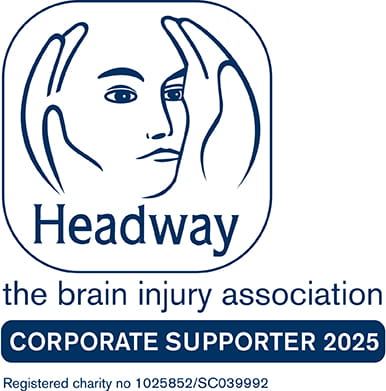Background to the claim
In early 2013 our client began to experience fatigue and excessive sweating. He attributed the symptoms to the aging process and did not consult his doctor. In March 2013, during a routine eye test, an asymptomatic bitemporal hemianopia (loss of vision of peripheral vision in both eyes) was detected.Our client was subsequently referred to the ophthalmology department of the first defendant’s hospital. The ophthalmologist noted that our client had no visual symptoms and a CT scan was arranged. The scan was negligently reported as being normal when in fact it showed a suprasellar tumour that was compressing adjacent structures in the brain.
The erroneous report resulted in the assumption that the hemianopia was due to an ischaemic event and our client was referred for follow up appointments. He attended some appointments but then missed some due to work. Because he still had no visual symptoms he was not overly concerned.
As a result of his hormonal deficiencies our client’s performance at work was seriously affected and he lost his job. He then found new employment but again struggled to perform to the required standard and suffered further periods of unemployment.
In October 2015 our client noticed a sudden loss of peripheral vision. He made an urgent appointment with his optician and was referred to the second defendant’s hospital. Informal visual field tests were conducted and an incorrect diagnosis of bi-nasal hemianopia was made.
Our client was informed that he would require a more formal assessment and as he had previously been seen at the first defendant’s hospital he asked if he could be seen there again. He was informed that a letter would be sent to his GP requesting that the appropriate referral be made, however there was a delay of several weeks before the letter was sent.
In early January 2016 our client started to suffer from acute episodes of dizziness, nausea and vomiting. He was reviewed by ophthalmologists in mid-January 2016, a further CT scan was taken which was correctly reported; an MRI confirmed the diagnosis of the tumour. Our client then commenced hormone replacement therapy in February 2016 and in May 2016 he underwent trans-nasal resection of the tumour.
After commencing treatment for his hormone deficiencies our client found new employment and his performance improved and, although he required special display screens, he remained in employment and was expected to do so until his planned retirement age.
After the onset of visual symptoms in October 2015 our client suffered several periods during which he was unable to drive whist waiting for confirmation from the DVLA that his vision met the minimum standards for driving. After treatment his vision stabilised, but although he was permitted to drive, he had lost his confidence and minimised the amount of driving he did.
Our client instructed Shoosmiths’ serious injury senior associate Alex Haider, who is based n the Thames Valley office in Reading.
Issues Shoosmiths' serious injury had to address
To investigate the claim Shoosmiths’ clinical negligence specialists obtained evidence from experts in neuro-radiology, endocrinology, neurosurgery, ophthalmology and neuro-ophthalmology. It was identified and alleged that the first defendant had failed to identify the presence of the tumour and that as a result of their negligence our client’s endocrine disorder had gone undiagnosed and untreated and consequently, he required more life-long medication and monitoring than he would have required otherwise. It was also alleged that his vision would have remained asymptomatic if he had been treated before October 2015. It was alleged that the second defendant’s delay had further reduced the chance of our client’s vision and endocrine function returning to normal. The defendants made early admissions of liability in respect of:
- the failure to correctly report on the CT scan
- the failure to provide a formal assessment in November
- the misdiagnosis
Despite the admissions of liability, the extent of the injury suffered by our client as a result of the admitted negligence was disputed and so arguments were put forward as to causation.
After court proceedings were commenced, a round table meeting took place at which a six-figure settlement was agreed.
The case was conducted by Alex Haider, senior associate, with assistance from Tom Iannaccone, paralegal.
Disclaimer
This information is for educational purposes only and does not constitute legal advice. It is recommended that specific professional advice is sought before acting on any of the information given. © Shoosmiths LLP 2025
















